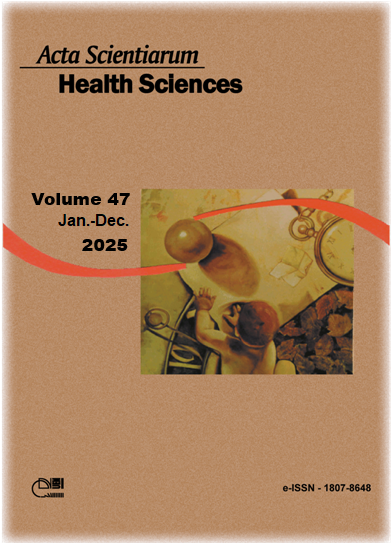Influence of skeletal class, occlusal pattern, age and sex on facial soft tissue thickness: a retrospective study using cone beam computed tomography in a Brazilian population
Abstract
This retrospective study analyzed the influence of skeletal class, occlusal pattern, age, and gender on the thickness of facial soft tissues, utilizing cone-beam computed tomography (CBCT) in a Brazilian population. In a retrospective approach, 239 CBCT scans were examined, including 100 male and 139 female patients, categorized into skeletal and occlusal classes (I, II, and III). The soft tissue thickness was evaluated at 10 strategic points along the midline. Significant differences were detected related to skeletal classes, gender, and age. In the occlusal classes, there were significant variations between genders, particularly evident in classes I and II, and less so in class III. Age was found to be an influential factor, especially in individuals under 40 years of age, with notable differences in class I. This study highlights that skeletal class, occlusal pattern, gender, and age play fundamental roles in determining facial soft tissue thickness. These findings are important for improving the accuracy of facial reconstructions and are particularly relevant for the Brazilian population.
Downloads
Copyright (c) 2025 Acta Scientiarum. Health Sciences

This work is licensed under a Creative Commons Attribution 4.0 International License.
DECLARATION OF ORIGINALITY AND COPYRIGHTS
I Declare that current article is original and has not been submitted for publication, in part or in whole, to any other national or international journal.
The copyrights belong exclusively to the authors. Published content is licensed under Creative Commons Attribution 4.0 (CC BY 4.0) guidelines, which allows sharing (copy and distribution of the material in any medium or format) and adaptation (remix, transform, and build upon the material) for any purpose, even commercially, under the terms of attribution.
Read this link for further information on how to use CC BY 4.0 properly.























5.png)







